Environmental management for sustainability must integrate scientific, engineering, economic, and demographic information
and analysis as well as stakeholder values. Therefore, it requires a unique approach, and planning provides the necessary
interdisciplinary perspective, analytical tools, and participatory process. Planning involves setting objectives, gathering
and analyzing information, and formulating and evaluating alternative policies, projects, and designs to meet the objectives.
Environmental planning applies the process of planning to environmental protection and problem solving. This may entail any
of the human-environment interactions: natural hazards, human and environmental health, natural resource use, productive natural
systems and ecosystems, and sustainable communities (Randolph, 2012).
Environmental land use planning is critical part of environmental planning and management. This course will focus on the basic concept of environmental planning and management, technical analysis and integration methods of environmental land use planning, and planning, design, and policy tools for environmental land management.
Each class will be conducted online in English with a lecture and presentations by students.
Environmental land use planning is critical part of environmental planning and management. This course will focus on the basic concept of environmental planning and management, technical analysis and integration methods of environmental land use planning, and planning, design, and policy tools for environmental land management.
Each class will be conducted online in English with a lecture and presentations by students.
This course deals with the basic concept of environmental planning and management, and technical analysis, integration methods
of environmental land use planning, and planning, design, and policy tools for environmental land management.
- Students will be able to understand the basic concept of environmental planning and management.
- Students will be able to make various presentations about the technical analysis and integration methods of environmental land use planning.
- Students will be able to make various presentations about planning, design, and policy tools for environmental land management.
| Feedback reports for each class | In-class presentations and discussions | Final report and presentation | Total. | |
|---|---|---|---|---|
| 1. | 4% | 2% | 4% | 10% |
| 2. | 42% | 16% | 8% | 66% |
| 3. | 4% | 2% | 18% | 24% |
| Total. | 50% | 20% | 30% | - |
| Class schedule | HW assignments (Including preparation and review of the class.) | Amount of Time Required | |
|---|---|---|---|
| 1. | Land Use Planning for Sustainability Soils, Agriculture, and Land Use |
Read a handout | 200minutes |
| Make a feedback report | |||
| 2. | Soils, Agriculture, and Land Use Water and Land Use: Stream Flow, Flooding, and Runoff Pollution |
Read a handout | 200minutes |
| Make a feedback report | |||
| 3. | Water and Land Use: Stream Flow, Flooding, and Runoff Pollution Stormwater management and Watershed Restoration |
Read a handout | 200minutes |
| Make a feedback report | |||
| 4. | Stormwater management and Watershed Restoration Groundwater and Source Water Protection |
Read a handout | 200minutes |
| Make a feedback report | |||
| 5. | Groundwater and Source Water Protection Landscape and Urban Ecology, Urban Forestry and Wetlands |
Read a handout | 200minutes |
| Make a feedback report | |||
| 6. | Landscape and Urban Ecology, Urban Forestry and Wetlands Wildlife Habitats and Urban Biodiversity |
Read a handout | 200minutes |
| Make a feedback report | |||
| 7. | Wildlife Habitats and Urban Biodiversity Energy, Air Quality, and Climate Change |
Read a handout | 200minutes |
| Make a feedback report | |||
| 8. | Energy, Air Quality, and Climate Change Natural Hazard Mitigation for Community Resilience |
Read a handout | 200minutes |
| Make a feedback report | |||
| 9. | Natural Hazard Mitigation for Community Resilience Integration Methods and Synthesis Metrics |
Read a handout | 200minutes |
| Make a feedback report | |||
| 10. | Integration Methods and Synthesis Metrics Planning Tools for Environmental Land Management |
Read a handout | 200minutes |
| Make a final report | |||
| 11. | Integration Methods and Synthesis Metrics Design and Policy Tools for Environmental Land Management |
Read relevant references | 200minutes |
| Make a final report | |||
| 12. | Planning, Design, and Policy Tools for Environmental Land Management | Read relevant references | 200minutes |
| Make a final report | |||
| 13. | Final Presentation-1: Planning, Design, and Policy Tools for Environmental Land Management | Prepare for a presentation | 200minutes |
| Prepare for a presentation | |||
| 14. | Final Presentation-2: Planning, Design, and Policy Tools for Environmental Land Management | Prepare for a presentation | 200minutes |
| Prepare for a final presentation | |||
| Total. | - | - | 2800minutes |
Feedback reports for each class: 50% (5% x 10)
In-class presentations and discussions: 20% (2% x 10)
Final report and presentation: 30%
Total: 100%
It is necessary to achieve total score 60% or higher to receive the credits of the course.
In-class presentations and discussions: 20% (2% x 10)
Final report and presentation: 30%
Total: 100%
It is necessary to achieve total score 60% or higher to receive the credits of the course.
| ways of feedback | specific contents about "Other" |
|---|---|
| Feedback in the class |
Textbook: Randolph, J. 2012. Environmental Land Use Planning and Management. Washington, DC: Island Press
Handouts will be provided for each lecture theme.
Handouts will be provided for each lecture theme.
This course is designed for a student who has been studying urban and regional planning, architecture, environmental studies,
and other related academic fields.
- Questions by email can be accepted at any time.
E-mail (Prof. Nakamura): nakamu-h@shibaura-it.ac.jp
- Course that cultivates an ability for utilizing knowledge
- Course that cultivates a basic interpersonal skills
- Course that cultivates a basic self-management skills
- Course that cultivates a basic problem-solving skills
| Work experience | Work experience and relevance to the course content if applicable |
|---|---|
| Applicable | Based on the work experience in the field of Urban and Regional Planning, the basic concept, technical analysis, and planning, design, and policy tools for environmental land management can be taught. |
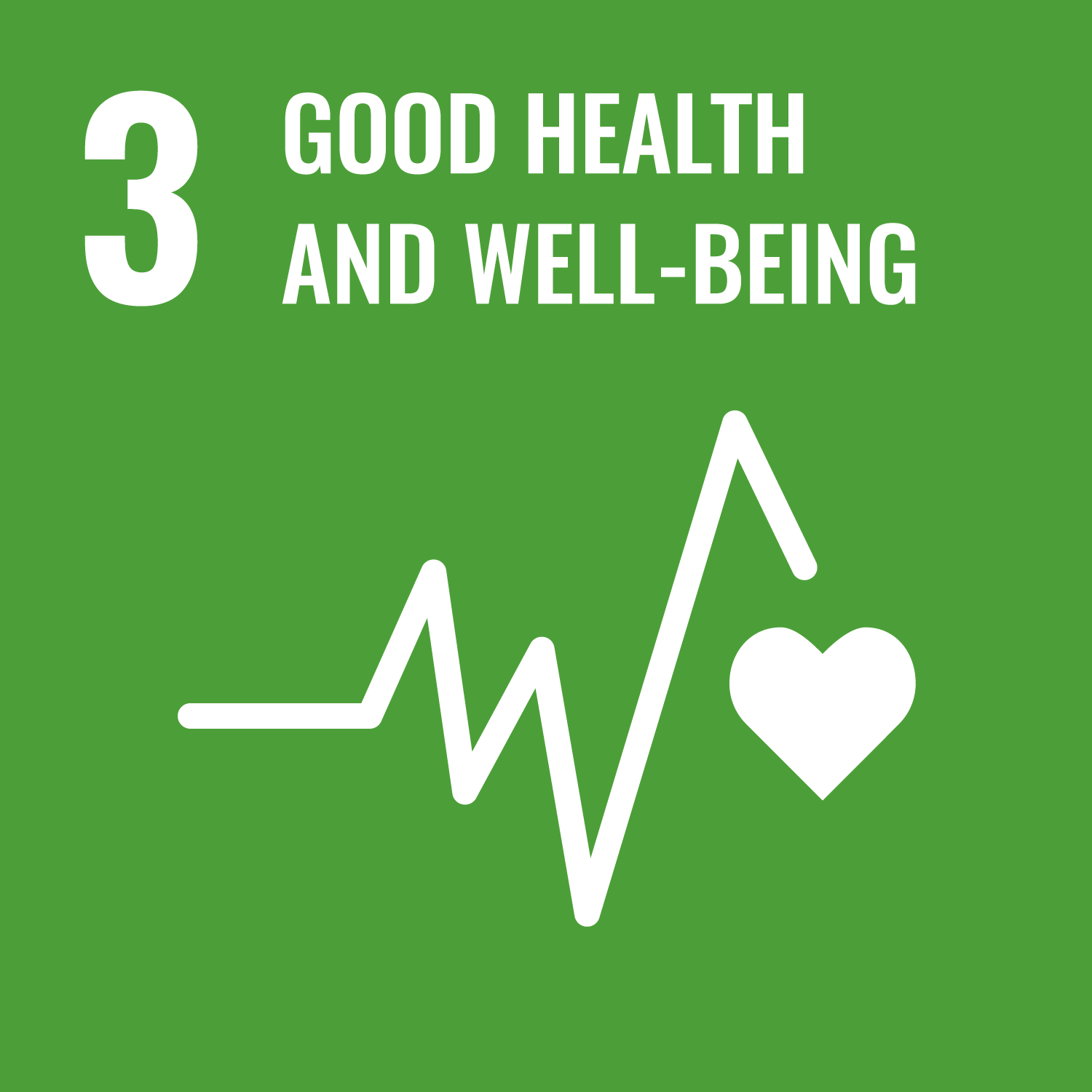

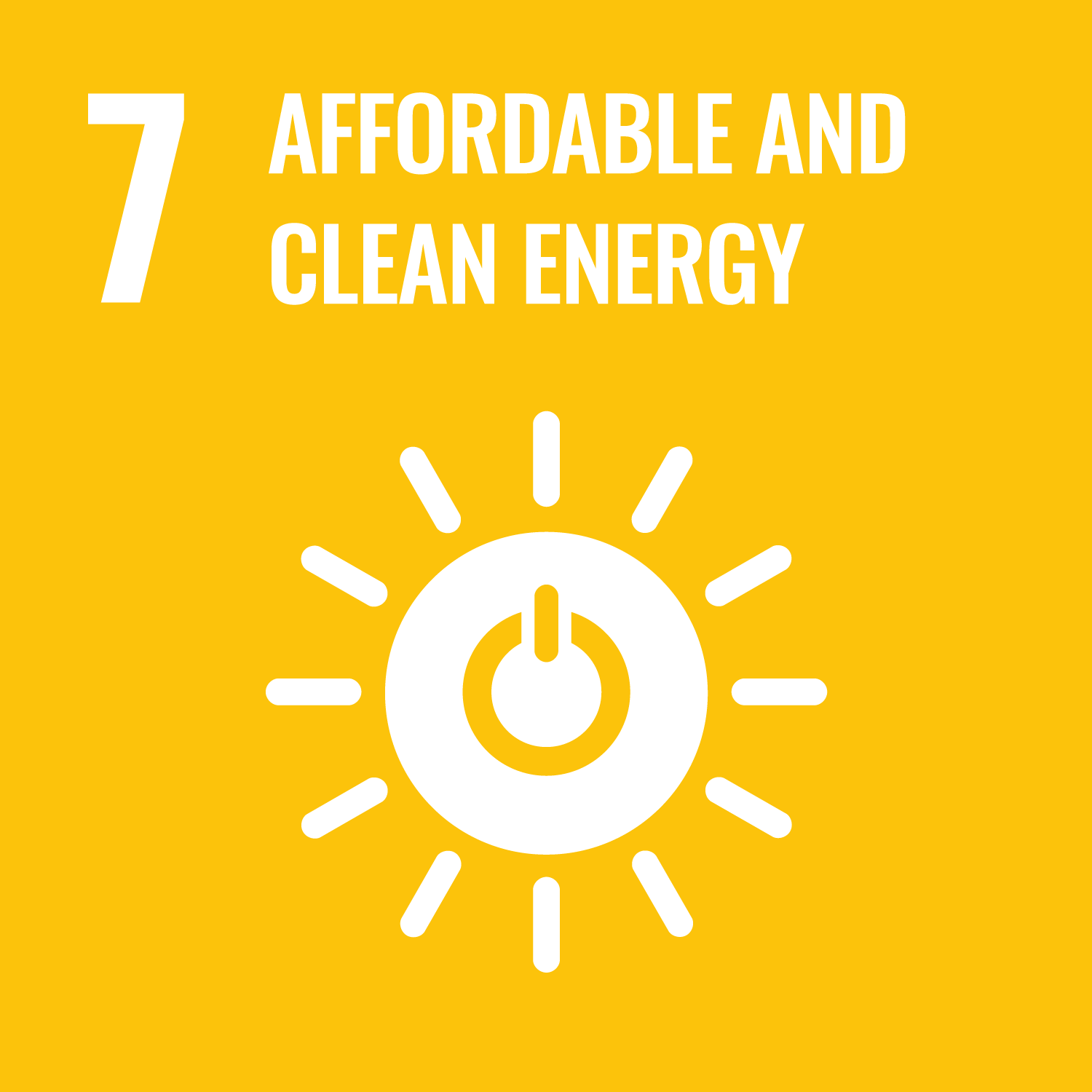
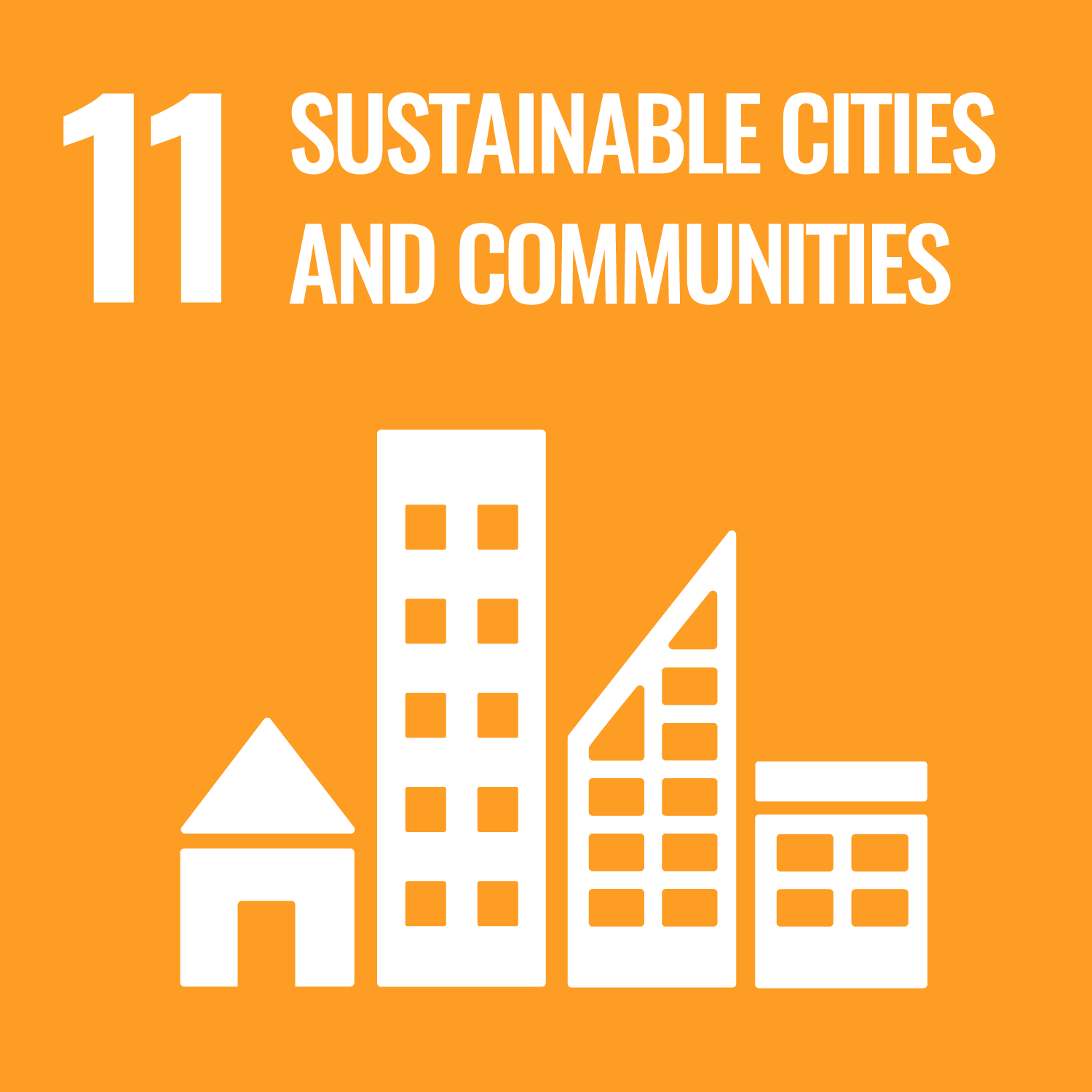

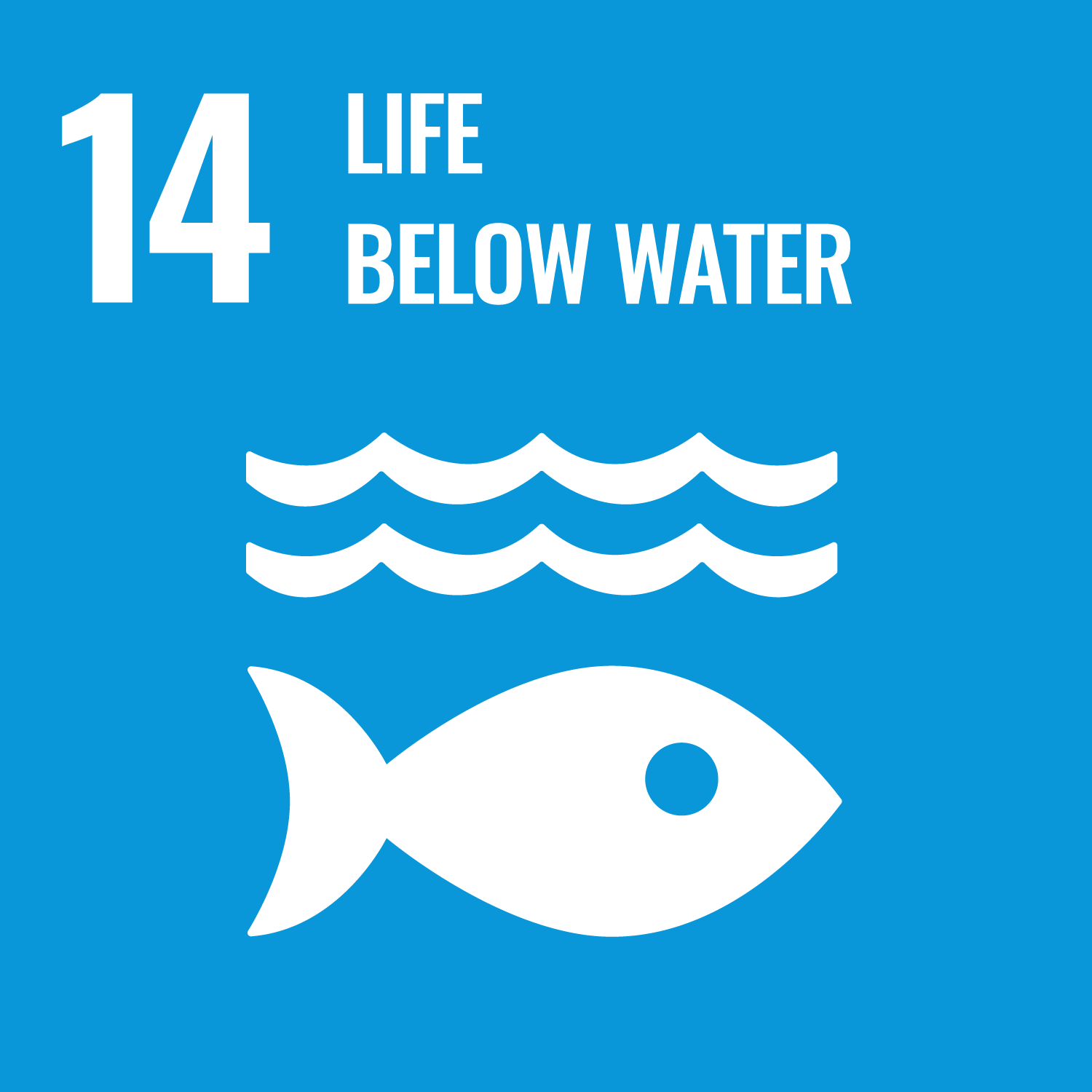
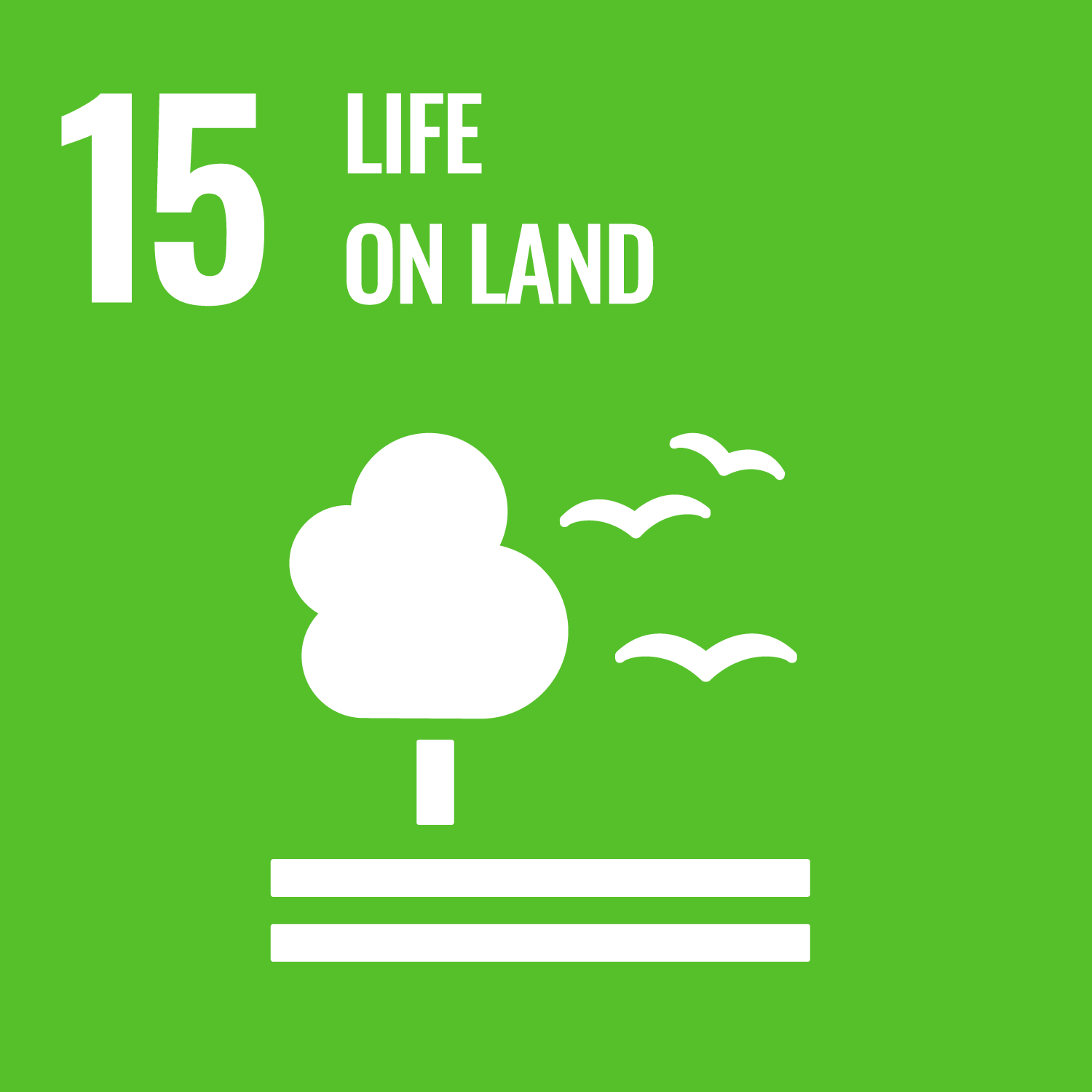

- 3.GOOD HEALTH AND WELL-BEING
- 6.CLEAN WATER AND SANITATION
- 7.AFFORDABLE AND CLEAN ENERGY
- 11.SUSTAINABLE CITIES AND COMMUNITIES
- 13.CLIMATE ACTION
- 14.LIFE BELOW WATER
- 15.LIFE ON LAND
- 17.PARTNERSHIPS FOR THE GOALS
Last modified : Sun Mar 30 04:03:54 JST 2025

